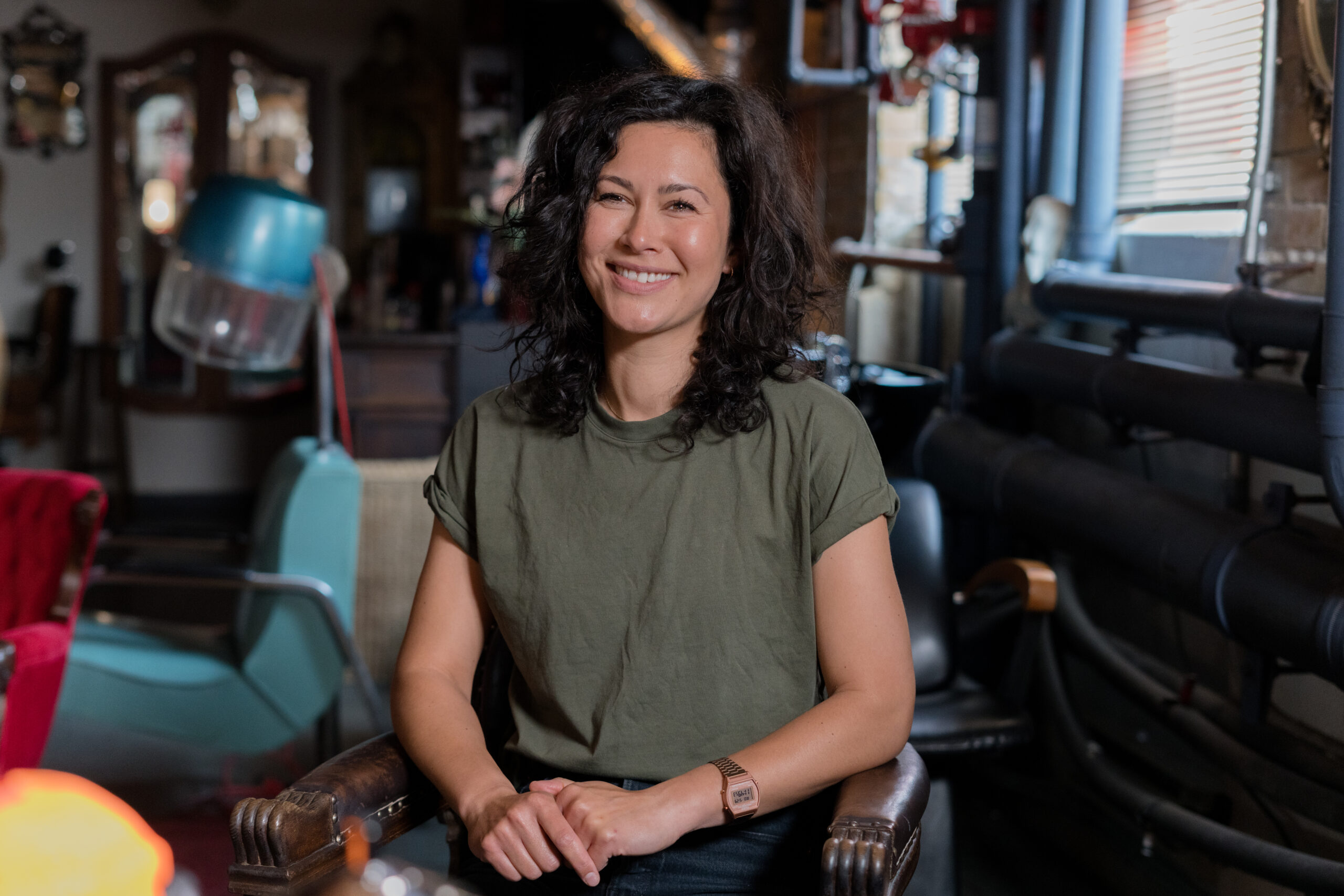
The thought of aging can make some people worry, especially when it comes to physical health. Weight gain, loss of energy, greying hair and sagging skin can creep up on us and overtake adulthood at some point, leaving us looking in the mirror and wondering what happened.
Sagging skin: Can we prevent it?
Why does our skin get worse as we age? Our skin is an outer reflection of what is happening internally as part of the aging process; factors genetics, lifestyle, and environment all play a part in the changes that we see in the mirror. Some of the visible effects of skin aging include:
- Wrinkles
- Loss of elasticity
- Sagging
- Dryness
- Liver and age spots
Certain aspects of aging cannot be avoided. The genetic factors that make us predisposed to aging are imprinted upon our DNA. We do, however, have some measure of control over our lifestyle choices and the environment in which we live; these things can slow the aging process and allow us to retain a youthful and healthy complexion for longer.
Who ages faster?
According to various studies, women are more prone to wrinkles and saggy skin than male counterparts, thanks to the hormone fluctuations present in menopause. Changing levels of testosterone and estrogen make skin more susceptible to dryness, loss of collagen, and loss of elasticity. Eventually, male skin does catch up with these changes, however. After forty, declining levels of collagen cause skin to lose its elasticity, and we experience some of that familiar sagging.
What can we do to prevent sagging skin?
With the myriad of anti-aging and anti-wrinkle products on the market, it is now possible to keep skin primed and healthy long after we should be surrendering to time’s effects on our complexion. There are a number of ways to keep skin in good condition; follow these 4 tips to help your skin:
1. Massage
Massage and stimulation work to improve circulation, release toxins underneath the skin, and loosen up connective tissue to stimulate the production of collagen, skin’s own elasticity component. Regular facial massage asks as a natural facelift, freshening blood flow beneath the skin and bringing out that bright, youthful complexion you once had. When used in combination with a good skin care routine, your results will be magical.
2. Consider cosmetic procedures
Cosmetic treatments and procedures are easily implemented and affordable to use. From creams and face masks to procedures such as microdermabrasion and chemical peels, they will help to remove outer layers of dry, compromised skin and reveal a fresher, younger complexion. Follow your dermatologist’s advice to ensure that you don’t overdo it on the procedures or you’ll end up doing damage to delicate under layers of skin that could leave you with undesirable results. There are many non-invasive treatments available on the market like a non-surgical facelift from Dr Raquel, or dermabrasion and laser treatments performed by many clinics over the world, the options are almost endless.
3. Make some lifestyle changes
Certain lifestyle choices such as diet, exercise, hydration, alcohol and tobacco use affect the health and appearance of skin. Making positive daily choices and practicing self care will ensure that you retain collagen stores. Some of these changes include:
- Eating a diet rich in fresh produce, whole grains, and quality protein
- Getting regular exercise
- Getting adequate hydration
- Refraining from alcohol and tobacco use
Another thing to watch when making lifestyle changes is hormone levels. HGH, or human growth hormone, is a naturally occurring substance that flows freely when we are younger. It helps to maintain proper metabolic cellular process, protect and facilitate growth of bones and muscles, and stimulate organ function.
As we age, our levels of human growth hormone are naturally depleted in the body, but if they go too low, various systems of the body can be negatively impacted. Growth hormone is also an instrumental part of skin health; loyal users of human growth hormone therapy cite that skin health, elasticity, and appearance are all significantly improved with continued use. Getting a simple blood test at your doctor will tell you what your hormone levels are; you’ll be able to craft a care plan to boost your HGH production through a combination of prescription and natural therapies.
4. Speaking of diet…
Your diet is a key factor in the creation of healthy skin—from head to toe. Your skin needs key vitamins and minerals in order to facilitate proper metabolic function and cell renewal processes. Eat to fuel your body and the results will be evident on your skin. Foods that help to boost growth hormone production and stimulate collagen production are:
- Grass fed beef
- Pineapple
- Coconut oil
- Bone broth
- Leafy greens
- Fruits and vegetables
- Chicken
- Eggs
- Garlic
- Beans
- Nuts
These are some effective tips to help keep your skin healthy and youthful looking well into middle age and even beyond. Find a routine that works for you and you will see results!

















